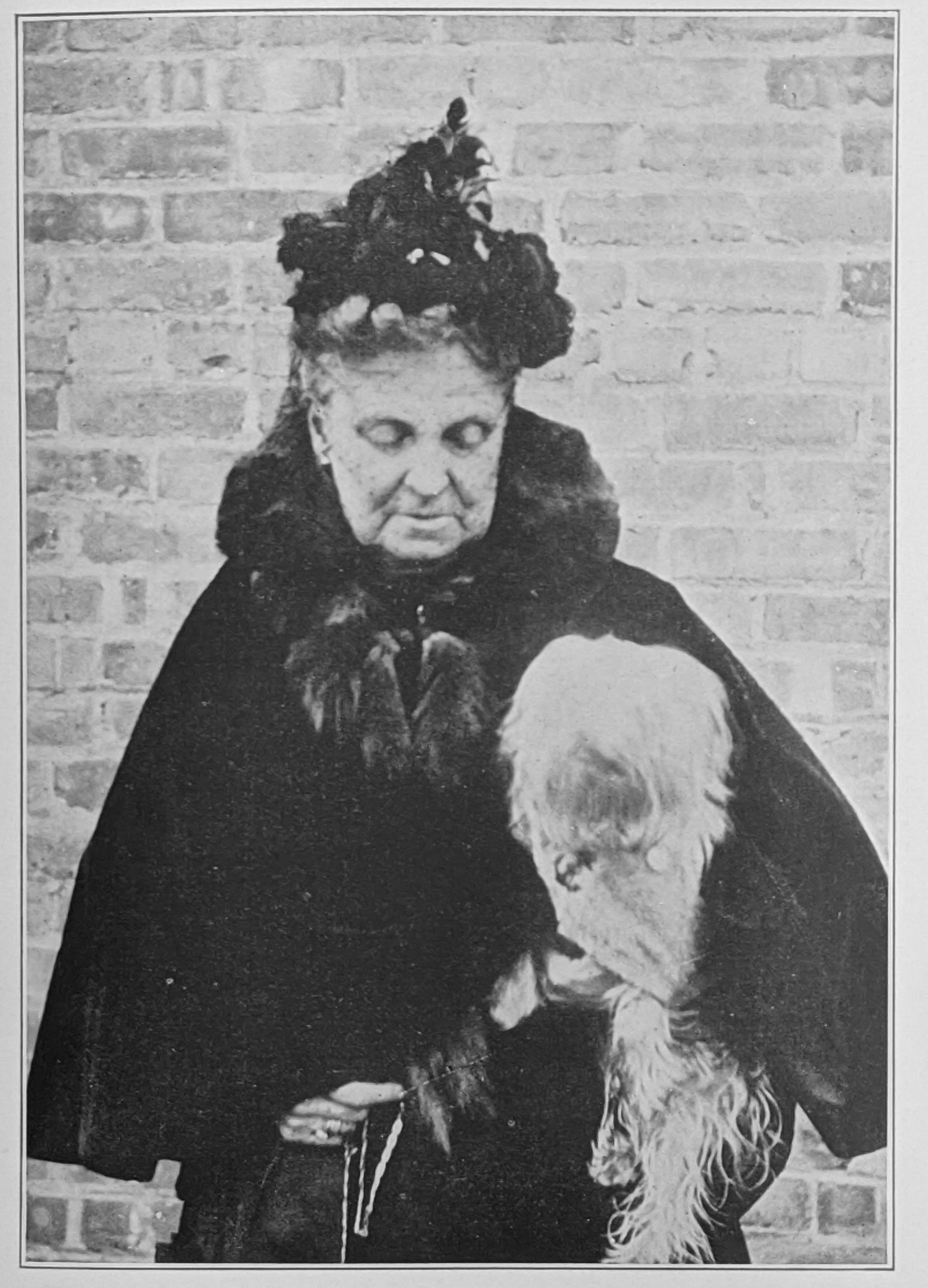Hetty Green

The Witch
Of Wall Street
She was the richest woman in America for much of the last quarter of the 19th century and the fact that the popular press of the day called her "The Witch of Wall Street" says more about her times than it does about her. I have just finished a biography of her titled "Hetty Green, the Witch of Wall Street" written in 1935. The notable point here is that in an age when many, if not most, of the great fortunes of the era were built by methods that were at best questionable and at worst criminal, Hetty made hers honestly and ethically.
Waste Not,
Want not.
She started with some real advantages. She was the heir of the largest whaling fleets which operated out of New Bedford Massachusetts in the early 19th century. She entered adulthood at the end of the Civil War and the beginning of the enormous growth of America's wealth that followed. And the one thing that set her apart from from others in similar circumstances was that she was very thrifty. While her contemporaries of similar means were building mansions on 5th Avenue and Newport, she always lived comfortably but simply. A steady income and low expenses meant that she always had cash on hand.
Buy low,
Sell high.
America in that age was a land of exploding wealth: gold from California, wheat from Nebraska, oil from Pennsylvania, iron from Minnesota and on and on. Since it was an age of hustlers and promoters this natural wealth was never enough, it had to be inflated to even greater abundance by every means possible. So each boom was followed by a bust. And each time, the dream of endless wealth ended in the cold dawn of sobriety. And in that cold morning, Hetty was clear-eyed and solvent, ready to lend money at reasonable rates in return for sufficient collateral.
The Wise Cobbler
Sticks to his last.
Hetty was not a speculator. If she had invested in Rockerfeller's refineries, Huntington's railroads or Carnegie's steel mills, she could have been far wealthier than she was. That assumes that she would have been wise enough to avoid investing in any of the many other, equally tempting opportunities, that failed. Instead she stuck to what she knew; lending money secured by good collateral. She liked mortgages better than real estate and bonds better than stocks. And, each time a bust happened, she could pick up some very nice assets at very nice prices from bold speculators who were now desperate supplicants.
The Woman,
Better than the book
The book was written about 20 years after Hetty's death. I cannot say it is particularly good. For one thing, it jumps around in a way that makes it hard to keep track of events, sometimes jumping from 1880 to 1928 in the same paragraph. For another, the authors like a good story more than a true story and the newspapers and her neighbors both loved good stories. Some of them are certainly true some of them are probably not and this book does not do a good job of sorting one from the other. The book itself is in rough shape with a very worn cover although the interior pages and binding are ok. For these reasons, I did not put this in my bookstore but I do have it listed on Amazon if you are interested.
